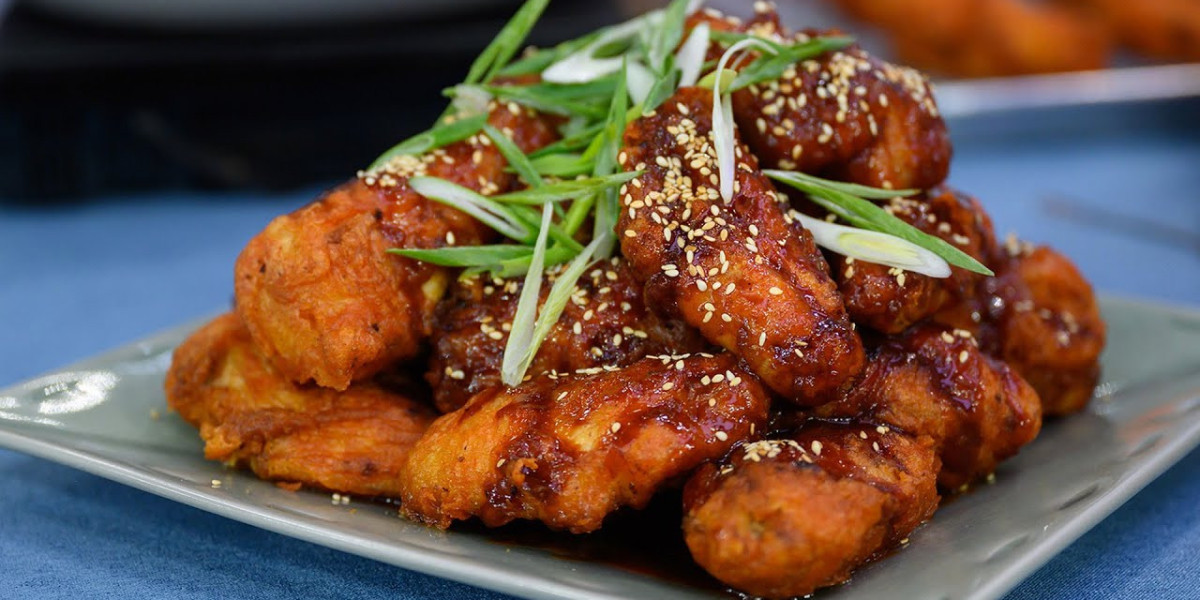Army Stew, also known as Budae Jjigae in Korean, is a popular Korean hot pot dish that blends tradition with modern creativity. It is recognized for its hearty flavor, colorful presentation, and the way it brings people together around a shared meal. What makes Army Stew fascinating is its mix of Korean seasonings with Western ingredients, making it a true comfort food enjoyed by locals and visitors alike.
The Origins of Army Stew
The history of Army Stew dates back to the Korean War in the 1950s. During this time, food was scarce, and local communities made use of surplus rations from U.S. military bases. Items such as canned meats, sausages, and instant noodles were combined with traditional Korean seasonings like gochujang (chili paste) and kimchi.
This creative blend gave birth to a dish that was filling, flavorful, and practical for the times. Over the decades, Army Stew evolved from being a survival food to a beloved dish found in many Korean restaurants today.
Key Ingredients in Army Stew
The appeal of Army Stew lies in its rich combination of ingredients. Some of the most common include:
Kimchi: Adds a tangy, fermented flavor base.
Gochujang (Korean chili paste): Provides spice and depth.
Canned meats and sausages: Such as Spam, hot dogs, and ham, paying homage to its historical origins.
Tofu and vegetables: Balance the dish with freshness.
Instant noodles: A must-have element for a comforting, filling bite.
Rice cakes (tteok): Add chewy texture and variety.
This medley of ingredients ensures that every spoonful is packed with flavor and texture.
The Flavor Profile of Army Stew
Army Stew has a bold and layered taste. The broth is rich and slightly spicy from the gochujang and chili flakes, while kimchi provides sourness and depth. The canned meats add a smoky, salty element, which is softened by tofu and vegetables. Instant noodles soak up all the flavors, turning each bite into a warming, satisfying experience.
What makes Army Stew unique is its ability to balance comfort with excitement. It’s hearty yet vibrant, simple yet full of character.
Army Stew as a Social Dish
Beyond flavor, Army Stew is often enjoyed as a communal meal. Typically served in a large pot at the center of the table, family and friends gather around to cook and share together. This interactive dining style reflects the Korean value of togetherness and makes eating Army Stew a memorable experience.
Variations of Army Stew
Over time, different versions of Army Stew have emerged, depending on local tastes and available ingredients. Some popular variations include:
Seafood Army Stew: Incorporating shrimp, mussels, or squid for a fresh twist.
Cheese Army Stew: Adding slices of cheese to mellow out the spice.
Vegetarian Army Stew: Using plant-based sausages and tofu instead of meat.
Each variation shows how versatile the dish can be while staying true to its roots.
Army Stew in Modern Korean Cuisine
Today, Army Stew is not just a nostalgic dish—it’s a staple in many Korean restaurants worldwide. From Seoul to Singapore and beyond, it is often highlighted as a must-try for anyone exploring Korean food. Its history, flavors, and communal style make it appealing to both locals and international visitors.
Army Stew has also become popular among younger generations, who enjoy customizing their hot pot with modern toppings while still respecting its historical origins.
Nutritional Aspects of Army Stew
While Army Stew is rich and indulgent, it can also be quite balanced depending on how it is prepared. The broth provides antioxidants from chili peppers and kimchi, while vegetables add fiber, vitamins, and minerals. Protein comes from tofu and meats, while noodles supply energy.
However, due to ingredients like processed meats, it’s best enjoyed in moderation. Many home cooks today experiment with healthier versions, using leaner proteins and fresh vegetables while keeping the bold flavors intact.
Why Army Stew Remains Popular
The lasting appeal of Army Stew comes from its unique blend of history, flavor, and community. It tells a story of resilience during tough times, yet has transformed into a symbol of comfort and joy. Its mix of East and West makes it approachable for people around the world, while its versatility ensures it never goes out of style.
Conclusion
Army Stew is more than just a spicy Korean hot pot—it’s a dish rooted in history, shaped by necessity, and celebrated for its bold flavors and communal spirit. With its hearty broth, variety of ingredients, and cultural significance, Army Stew continues to hold a special place in both Korean cuisine and global dining. Whether enjoyed with friends at a restaurant or cooked at home, it remains a delicious reminder of how food can bring people together.













